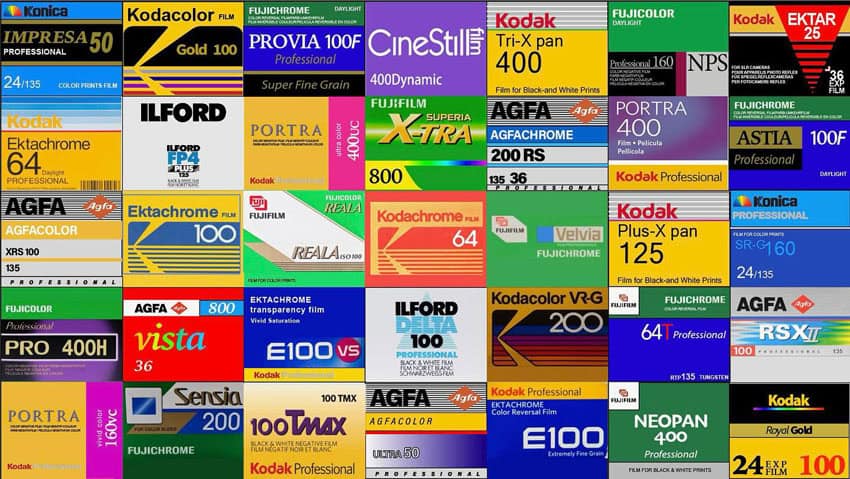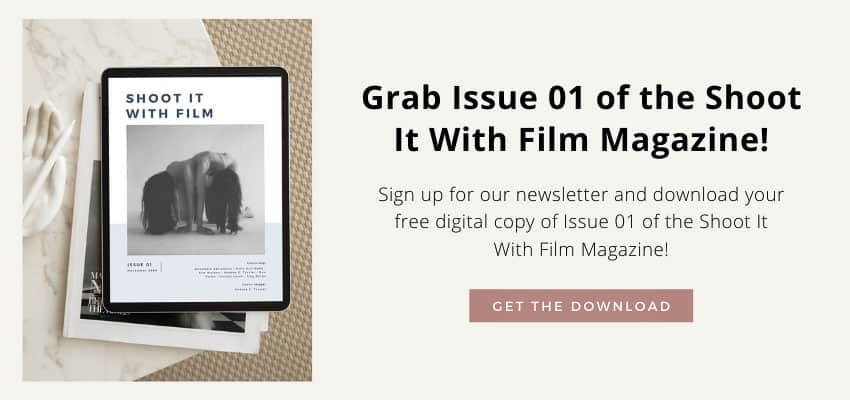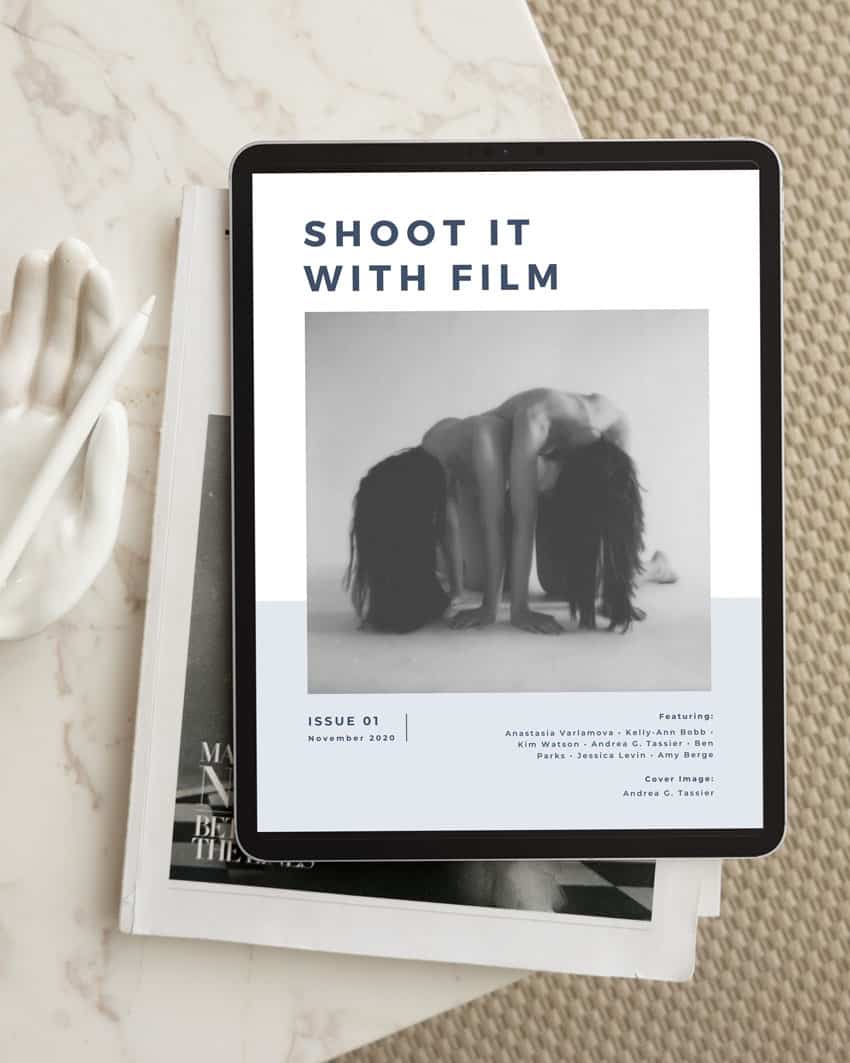
Written by Frederic Lindemann
A new Instagram project, @recycling.film, is shining light on an overlooked but fascinating part of photography’s heritage: the packaging of 35mm, 120 film, and other film formats. Featuring high-resolution scans of boxes and wrappers from the past 100 years, the account celebrates film packaging as both a cultural artifact and a design object.
The initiative originates from the Film Project Archive, a comprehensive online archive dedicated to cataloging and preserving film packaging in detail. While the website serves as a scholarly resource, I started Recycling Film in hopes to transform this material into a visually engaging format designed for Instagram’s community of photographers, designers, and analog enthusiasts.
Film packaging is more than just a container. It reflects the evolution of photography, branding, and design trends across generations. By sharing these scans, we hope to preserve history while also inspiring modern design and cultural research.
With a fresh, playful aesthetic, Recycling Film aims to bridge past and present, inviting the global analog community to rediscover the artistry hidden in something as simple as a film box.


Interview with dekuNukem From the Film Project Archive
I recently had the chance to ask dekuNukem, creator of the Film Project Archive, a few questions about the project. Here is our interview together.
What got you started in regards to the FP-Archive? And when did you start?
Over the years I tried many different films, and always felt they have some cultural value, and it was shame to just throw them away, especially the old and uncommon ones. I held onto quite a few, and the idea of creating an archive was always in the back of my mind.
What finally pushed me to act was Kodak’s redesign in late 2024 of their entire product line. Overnight, the familiar boxes were gone, and people were understandably complaining about the change, rightly or wrongly, and it made me realize the importance of preserving this kind of material.
I began coding the FP-Archive website in January 2025 and started uploading my own scans. Over time, the project grew beyond my collection, now we have over 25 contributors, and their contributions outweigh my own. It will probably won’t be a complete record of every film ever released, but it’s still far better than none at all. Of course, I’m very grateful for the community that has formed around it, and I’m always looking forward for more!





What’s your basic motivation behind preserving film boxes in this way?
Photographic film has been the medium of photography for well over a century, while much has been written about the history of photography itself, very little attention has been given to the packaging themselves.
I feel that documenting its evolution is just as important as it reflects technological advances, shifts in graphic design, branding, and cultural attitudes of the time. These scans can also inspire today’s artists and designers, encourage discussions, and add valuable context to the broader history of photography as a whole.



Have you noticed design trends that repeat themselves across decades of film packaging?
I haven’t noticed strong repeating trends myself, but packaging from major film manufacturers seems to mirror broader consumer design shifts, i.e. moving toward cleaner, flatter, and more minimalist styles.
In the last few years though, many big brands have reissued films in retro packaging (Ilford FP4, Fomapan), to celebrate their legacy and the renewed interest in film. So I guess it is a bit of a cycle after all.
Smaller boutique brands do show more variety: some go for bold, elaborate designs (e.g. Film Never Die IRA, Kiro), while others lean into retro aesthetics (like Kosmo Foto Mono). Many are aimed at younger film photographers, often with an “Social-media friendly” look (e.g. Hope Film Bubble).
Overall, big brands tend to play it safe and follow broader design trends, while boutique brands tend to experiment more and cater to younger audiences.




What has been the most surprising or unusual piece of packaging you’ve come across so far?
Strange and unusual films were a big part of why I started this archive in the first place. What really amazes me, looking through the scans, is just how specific some films were during their peak.
For example, Fujifilm Fujicolor NPL 160 was a tungsten-balanced color negative film designed specifically for long exposures between 1/30 and 2 seconds, a level of niche that would be hard to imagine today.
Polaroid also made some very specialized products. GridFilm was an instant film with a pre-exposed grid pattern for industrial and scientific applications, fun to use creatively today.
They even produced instant 35mm films like PolaChrome and PolaPan, which can be used on all 35mm cameras and then developed and mounted into slides in five minutes. These films actually grew out of Polaroid’s failed attempt at instant motion picture film in the 1970s called PolaVision, another fascinating rabbit hole in itself.
Another oddity was PolaBlue 35mm, which created high-contrast blue-and-white slides for projector presentation, something we take granted with PowerPoint today!
Old films are really fun to look at too, I didn’t know Hasselblad made their own sheet film (or photographic plates?), very little information on that one.
Another observation is the sheer amount of varieties of a product line, such as Ektachrome or Gold, there must have been a dozen each there.



How do you hope photographers and designers will use FP-Archive and Recycling Film?
It’s really up to them! I just compile the archive and make it available.
Some possibilities include researching the lineage and evolution of product lines, busting myths, or supporting more accurate depictions in media like movies or video games.



How do you envision the FP-Archive/Recycling Film project growing or evolving over the next few years?
From my perspective, FP-Archive is mainly a hobby project, so not many grand plans. I’ll mostly work on maintaining the site, processing submissions, buying and scanning more films myself, and collaborating with others.
I’d also like to build a better front-end webpage so browsing and searching the scans is easier. I just want to keep it a useful resource for anyone interested in this niche.



Thank you so much, Frederic! You can find Recycling Film on Instagram here.
Leave your questions about the Film Packaging Archive or Recycling Film below in the comments!







Blog Comments
Berrald
September 29, 2025 at 7:41 am
Very interesting! Thank you for your work and for sharing.